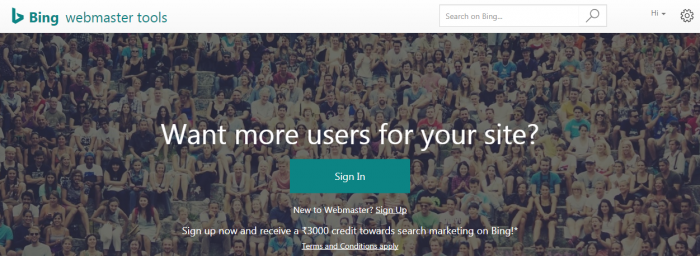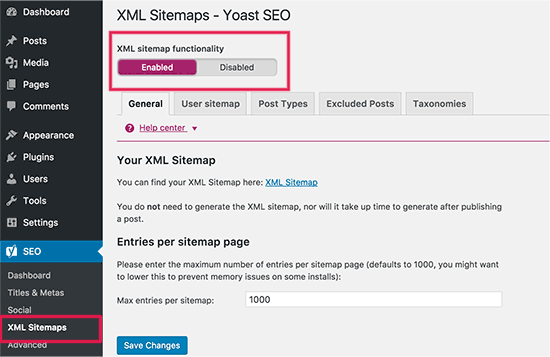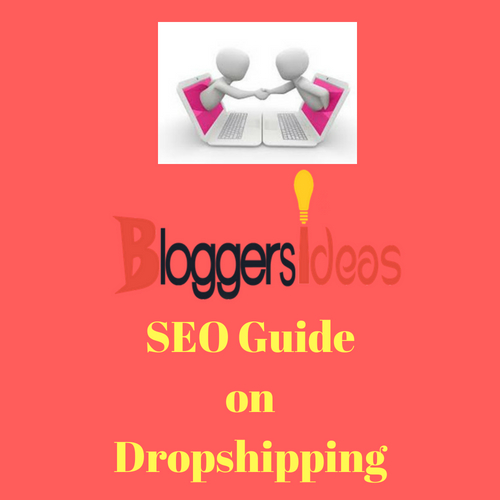Your cart is currently empty!
Tag: Guide
-
![✅ How To START A Blog in 15 Mins Step By Step Newbie Guide [ 2022 ]](https://seode.org/wp-content/uploads/2022/11/How-to-start-a-blog-with-bluehost.png)
✅ How To START A Blog in 15 Mins Step By Step Newbie Guide [ 2022 ]
[ad_1] Through this detailed guide on How to Start a Blog, Jitendra Vaswani wants to help newbies who wants to get started in blogging 2022 and are willing to make money in blogging. The world of blogging : Can you Really Make Money From Blogging ? I will explain everything here About 20 years ago
-

SEO Explained: A Step-by-step Guide 2022
[ad_1] In this article, we will discuss SEO Explained: A Step-by-step Guide to Search Engine Optimization Despite the rising popularity of digital marketing, search engines are still the most convenient way to bring organic traffic to your website. Therefore, you must optimize your website for the various search engines if you want to get noticed
-

The Ultimate Guide To Bing Webmaster Tools For SEO 2018
[ad_1] When we are talking about Search Engine Optimization of a website, Google automatically comes into our mind. Why not, it makes sense but we need to optimize our site for all the search engines not just for only one. Google is the most popular search engines without any doubt. But data statistics are showing
-

Easy Guide To On-Page SEO Optimization For WordPress (SEO 2022)
[ad_1] Blogging is the term which may still unknown to many people. And those who know, are facing difficulty in getting started with it. Blogging needs time and dedication along with the investment of weekend’s hours too. To be successful in the area of blogging you have to care about many factors like Blog Design,
-
![[Latest Guide] How to Grow Your Audience With Guest Blogging [ 2022 ]](https://seode.org/wp-content/uploads/2022/09/How-to-Grow-Audience-with-Guest-Blogging.jpg)
[Latest Guide] How to Grow Your Audience With Guest Blogging [ 2022 ]
[ad_1] Maintaining a blog on your website is critical to its search engine optimization (SEO). That’s just a small piece of a successful content marketing, though. You also need to use guest blogging to get traffic and earn authority in your field. Effective guest blogging builds trusting relationship between you and your audience, aids in
-

Google Stop Words 2022: SEO Stop Word Guide
[ad_1] Here is a comprehensive guide to stopping words used in SEO, also known as Google stop words. You’ll learn how to identify stop words and when they should be removed from your writing in this new guide. Since I’ve worked in SEO for almost a decade, I’ve used the exact same logic. An SEO
-

✅ How To Become SEO Expert With Deepak Shukla (Step By Step Guide)
[ad_1] Affiliate disclosure: In full transparency – some of the links on our website are affiliate links, if you use them to make a purchase we will earn a commission at no additional cost for you (none whatsoever!). This interview will give you insights on becoming SEO Expert and how to make money doing SEO.
-

The Definitive Guide To E-A-T and SEO In 2022 & Why It Is Important?
[ad_1] Google ranking is extremely important if you want to show up at the top in Google search results. To achieve this, the most important task is to develop your brand by building trust among the consumers and expertise in the work you do. Off lately, you must have come across the word E-A-T, which
-

How To Use SEO In Dropshipping Businesses: Detailed Guide 2022
[ad_1] You might have often planned about starting your E-commerce store and look to earn money. What If you don’t own the inventory and is still curious to make money by E-commerce? The dropshipping was introduced further which made it handy and in fact easy to earn money quickly. But, the foremost thing that can
![{Detailed Guide} How to Create an Online Quiz For Social Media [2022 ]](https://seode.org/wp-content/uploads/2022/09/how-to-create-social-media-quiz.png)